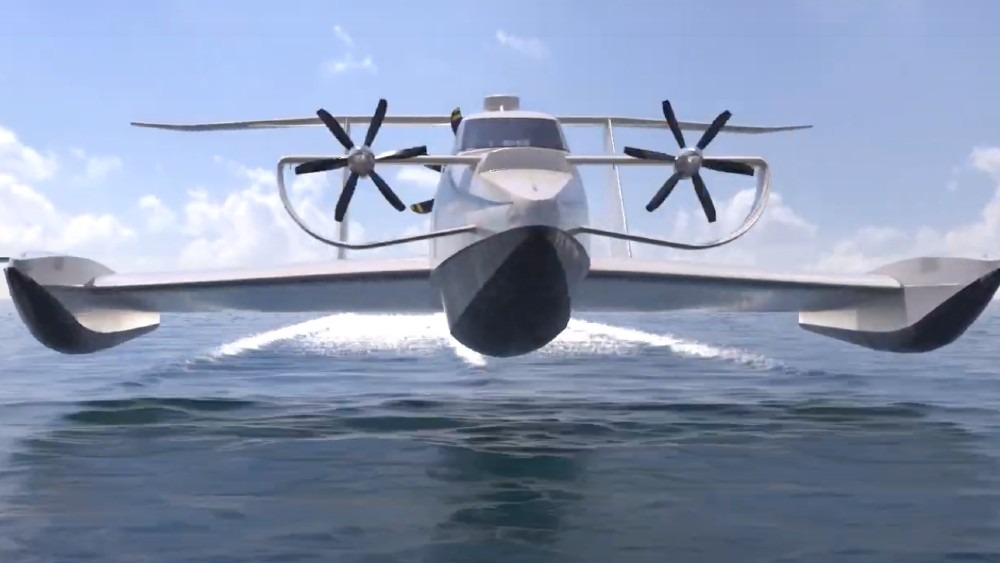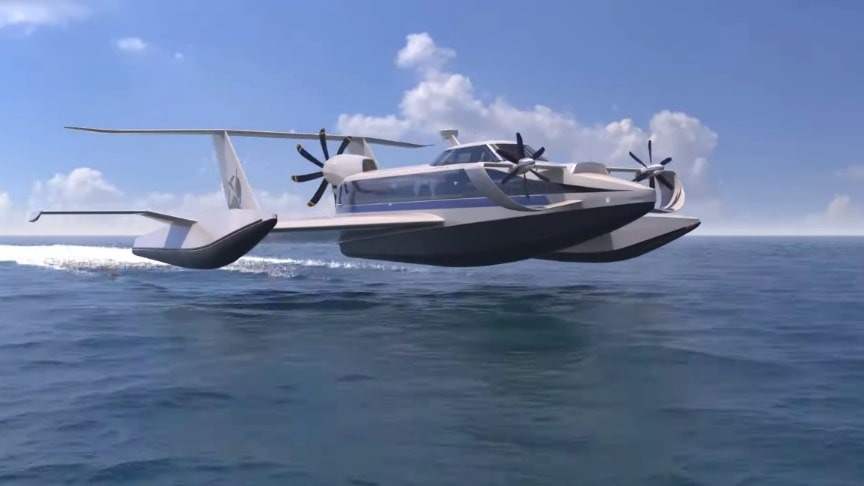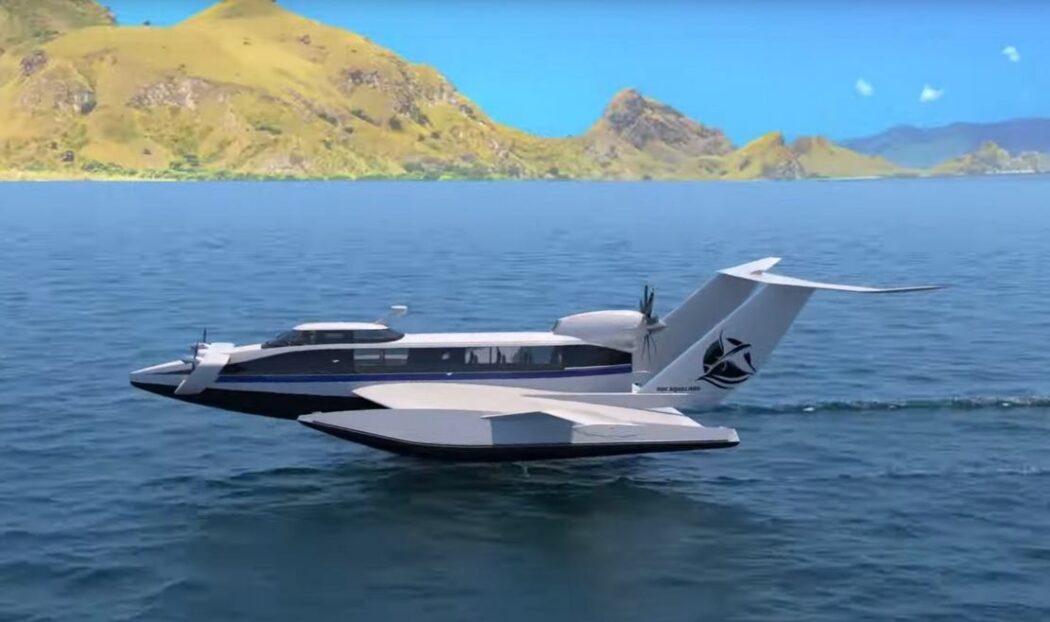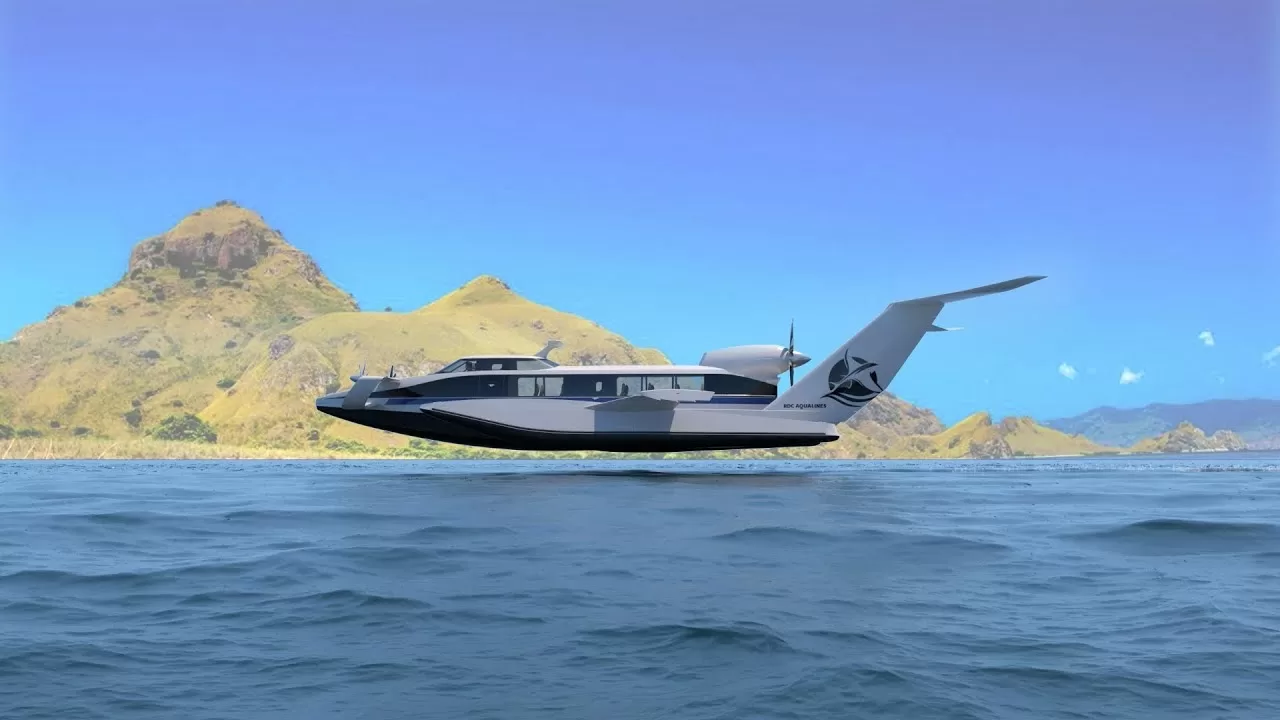Using a cushion of air called ground effect, the 72-foot EP-15 makes waterborne landings and flies above the surface.
Essentially, it’s a platypus that crosses water and flies over air, leveraging a law of physics that ocean-traversing birds have used forever to fly longer and faster.
The RDC Aqualines EP-15 is an official 72-foot vessel that can carry a crew of two and ten passengers.
When fixed-wing vehicles fly at an elevation less than or roughly equal to half their wingspan, something called ground effect occurs, which makes it possible to take advantage of this. Air pressure develops at that altitude between the wing and the surface, reducing downdraft and creating additional lift.


While the EP-15 possesses a wingspan of 55 feet, it has been published that it can cruise just over a foot above the surface of the water at a maximum altitude of 25 feet. Initially, the craft will be oriented as a boat, then it will hydrofoil on a central “hydroski” before gaining enough speed to rise above 70 mph and lift off the ground.
As of now, there are few details about the engine, but RDC says a 600-hp electric-hydrogen hybrid will drive three propellers—two small ones on either side of the nose and a larger, central propeller at the back—and retractable winglets will enhance the aircraft’s aerodynamic performance. In terms of performance, the EP-15 is estimated to reach 125 mph at its top speed, 115 mph at its cruising speed, and 375 miles at its maximum range.

It is arranged in a typical airplane manner, with single rows of seats separated by an aisle. There is also the option of emptying the EP-15, making it a cargo vessel, or customizing it to suit individual needs. Retractable landing gear allows it to taxi to the edge of the water.
A launch and splashdown are expected in 2024.



